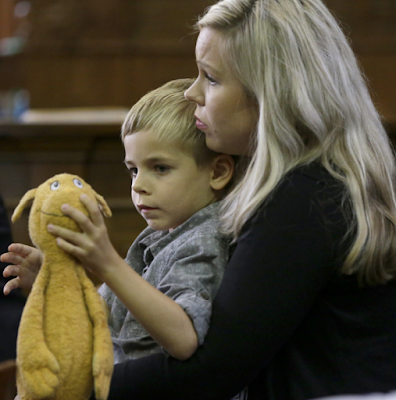The journalists on this project have continued returning to this issue over the last three years. Just last week more articles on continued delays across the nation were published, despite President Obama and his administration earmarking millions of dollars for H.R.1281 - Newborn Screening Saves Lives Reauthorization Act of 2014. Our labs, hospitals, and doctors still have a long way to go, despite technology and small fixes that could help tremendously.
What does a Wisconsin newborn screening cover? Here is a timeline from WI State Lab of Hygiene.
How does your hospital or health system compare? I was unable to find an updated document listing performance in 2016, however you can see how they did in 2013 and 2014. WI hospitals did make some progress.
2016
- Deadly delays: states fail to meet newborn screening goals
- The price of being wrong:Newborn screening saves babies, but lives can be shattered when state labs ignore science and common sense
- Editorial: Fix problems with newborn testing
2015
2014
- Obama signs national newborn legislation
- U.S. House unanimously approves newborn screening bill
- U.S. Senate OKs newborn screening measure
- Privacy issues stall newborn screening bill in U.S. Senate
- Days after newborn screening reform, a baby's life is saved
- Newborn screening fixed gain traction in some states, roadblocks in others
- more from Ellen Gabler
2013
MIKE DE SISTI / MILWAUKEE JOURNAL SENTINEL









